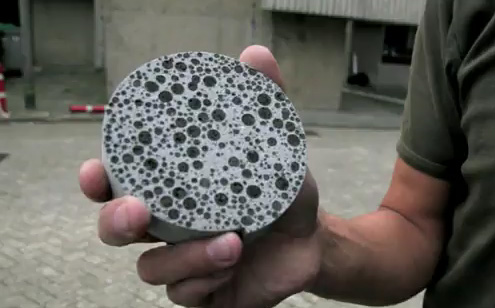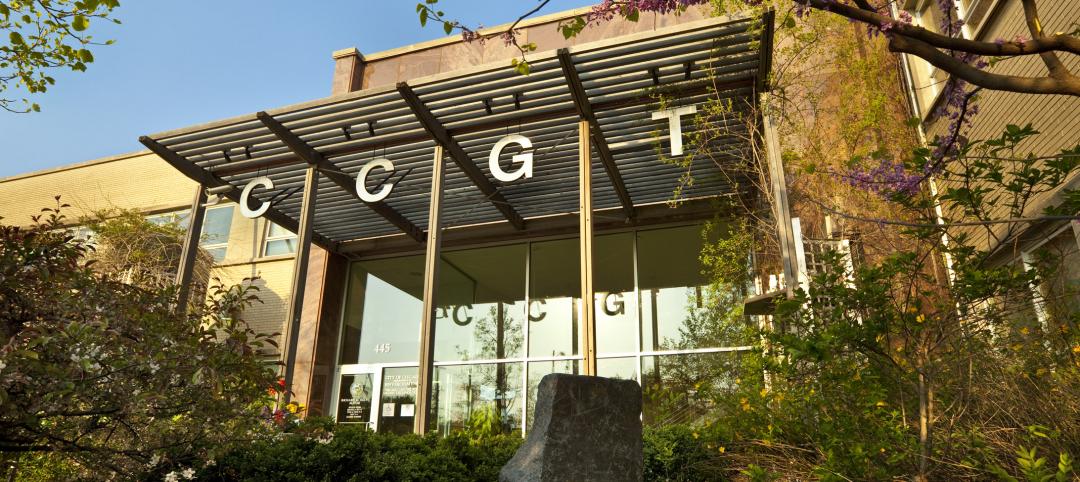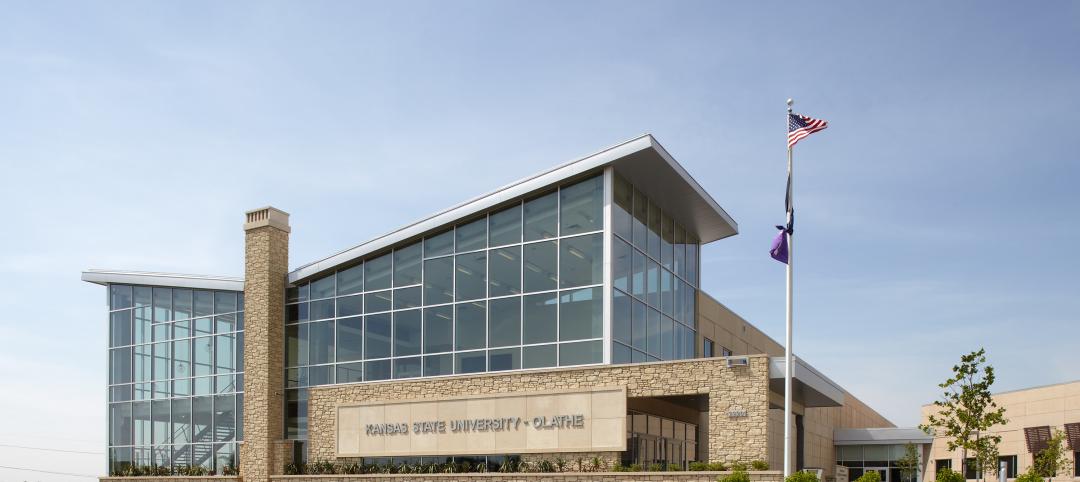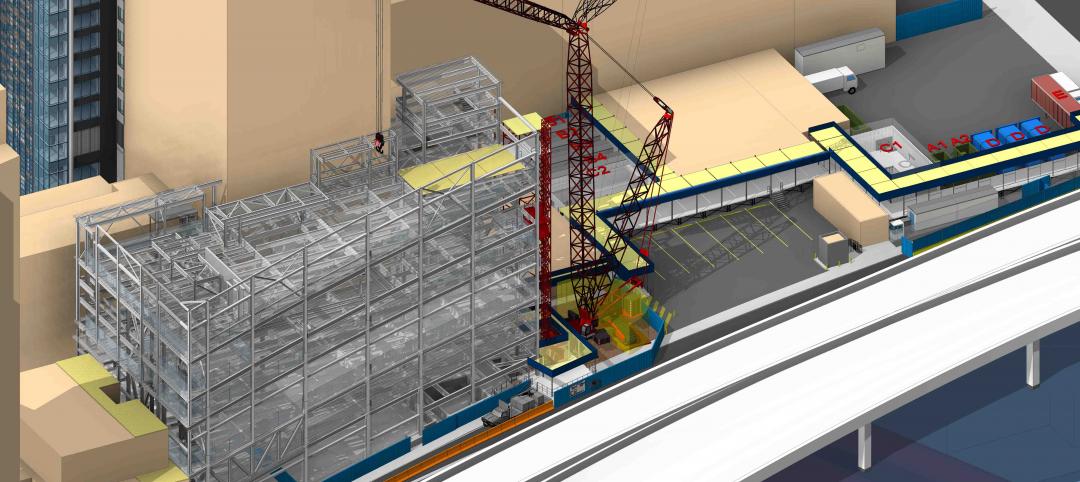Two researchers from Delft Technical University in Holland have developed a self-healing cement that can stop microcracks from forming in concrete. The material incorporates alkaphilic bacterial spores (which thrive in the alkaline environment of concrete) plus a feeder material. When water infiltrates concrete, the spores are activated and convert the feed into limestone, sealing the crack and preventing larger cracks from forming.
Microbiologist Henk Jonkers and concrete-development specialist Eric Schlangen have been working on the project since 2006. Basements, tunnels, and transportation infrastructure are among the proposed wet environments that could benefit from the innovation, which may be commercialized in four to five years. Scientists from the South Dakota School of Mines and Technology are now cooperating in the project.
(http://www.citg.tudelft.nl//index.php?id=17205)
Dutch microbiologist Henk Jonkers explains "bioconcrete" technology:
http://www.youtube.com/watch?feature=player_embedded&v=PyBR3PDPa-c
Related Stories
| Oct 9, 2012
Celebrating brick in architecture
The Brick Industry Association’s 2012 Brick in Architecture Awards put the spotlight on new projects that make creative use of one of humankind’s oldest and most beloved building materials.
| Jun 29, 2012
SOM writes a new chapter at Cincinnati’s The Christ Hospital
The 332,000–sf design draws on the predominantly red brick character of The Christ Hospital’s existing buildings, interpreting it in a fresh and contemporary manner that fits well within the historic Mt. Auburn neighborhood while reflecting the institution’s dedication to experience, efficiency, flexibility, innovation and brand.
| Jun 25, 2012
AIA-NJ honors DMR Architects
The academic building, completed in 2009, provides classrooms, computer labs, faculty offices, and meeting spaces for the College, which has a steady 7% annual increase in enrollment.
| Jun 8, 2012
Nauset Construction completing sustainable dorm for Brooks School
Student input on green elements provides learning experience.
| Jun 4, 2012
Brownfield goes green
Chicago Center for Green Technology uses high-speed, energy-efficient hand dryers to share its green message and earn LEED credits.
| Jun 1, 2012
New BD+C University Course on Insulated Metal Panels available
By completing this course, you earn 1.0 HSW/SD AIA Learning Units.
| Jun 1, 2012
AIA 2030 Commitment Program reports new results
The full report contains participating firm demographics, energy reduction initiatives undertaken by firms, anecdotal accounts, and lessons learned.
| Jun 1, 2012
K-State Olathe Innovation Campus receives LEED Silver
Aspects of the design included a curtain wall and punched openings allowing natural light deep into the building, regional materials were used, which minimized the need for heavy hauling, and much of the final material included pre and post-consumer recycled content.
| Jun 1, 2012
New York City Department of Buildings approves 3D BIM site safety plans
3D BIM site safety plans enable building inspectors to take virtual tours of construction projects and review them in real-time on site.















